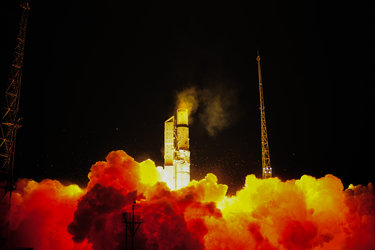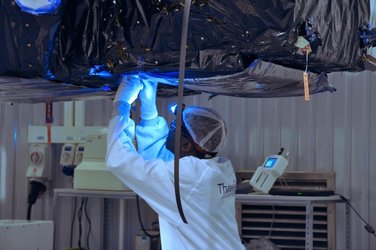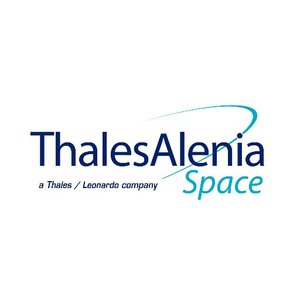Simon Jutz: Head of ESA Copernicus Space Office
Simon Jutz is the Head of the Copernicus Space Office at ESA. In an interview, he provides an overview of ESA’s role in Copernicus and of the first three missions for this ambitious programme.

Simon Jutz was nominated Head of ESA’s Copernicus Space Office in April 2014, and is responsible for coordinating ESA’s Copernicus activities and liaising with the EU/EC, national bodies, industry and ESA delegations. Simon joined ESA in 1992 with key management responsibilities as Head of User Services and Mission Planning Office in the Earth Observation Programmes Directorate and Operational Lead and Executive Secretariat Member of the International Charter Space and Major Disasters. Prior to his ESA career, he worked as scientific coordinator and lecturer at the Remote Sensing Working Group of the University of Munich and research fellow at the Central Institute for Photogrammetry and Remote Sensing of the German Research Foundation.
Simon holds a degree in Geology with specialisation in Remote Sensing and Ore Prospection from the Ludwig Maximilians University Munich.
ESA: What role does ESA play in the Copernicus programme?
Simon Jutz
ESA is responsible for the Space Component, whereas the European Commission leads the overall Copernicus Programme. ESA’s tasks are to develop and construct all of the Sentinel satellites and the relevant Ground Segment, and to operate Sentinel-1, -2, the land component of Sentinel-3 and the Sentinel-5 Precursor missions. As the Copernicus Space Component architect, ESA is also designing the future evolution of Copernicus space missions to respond to emerging European Policy needs, for example to develop new Sentinel family missions such as a carbon dioxide emission monitoring mission.
ESA: Sentinel-3A is the third satellite developed by ESA to be launched for Copernicus – following Sentinel-1A and -2A launched in 2014 and 2015 respectively. What has the data pickup been like with these first two satellites?
Simon Jutz
We experienced an amazing increase of data downloads for Sentinel-1A data since the opening of the data access in October 2014. More than 14000 users self-registered on sentinels.copernicus.eu and 2.6 million products were downloaded, representing more than 3 petabytes of data. These numbers refer to Sentinel-1A only. For Sentinel-2A, the open access just started, but we expect even higher numbers due to the nature of the Sentinel-2 data, which are optical data similar to Landsat and Spot images, for which a bigger community exists compared to the radar images of Sentinel-1. Additionally, the six European Union managed Copernicus Services – the prime users of Copernicus data – are extensively using Sentinel-1 and -2 data, which have to be counted on top of the before mentioned numbers. The ‘free and open’ data policy for the Sentinel data allows everybody to access and use these fantastic Satellite data!
ESA: What makes Sentinel-3 unique, compared to the other Sentinels?
Simon Jutz
The slogan of Sentinel-3 is ‘a bigger picture for Copernicus’ since Sentinel-3 is the most complex and versatile of all Sentinel missions. It will systematically measure Earth’s oceans, land, ice and atmosphere to monitor and understand large-scale global dynamics. It will provide critical near-real time information for ocean and weather forecasts. This broad scope of data will allow European environmental policies to be administered with confidence. Whereas Sentinel-1 and -2 each carry one main instrument, Sentinel-3 carries three different main instruments: a precision synthetic aperture radar altimeter, an advanced sea and land surface temperature radiometer and a wide-swath ocean and land colour imaging spectrometer. This new generation of instruments will bring new data products to monitor our changing world so that informed decisions can be made
Editor's note:
This is one in a series of interviews with a few of the key people that are involved in the Sentinel-3 mission. Please check back as further interviews will be added to over the coming weeks.








